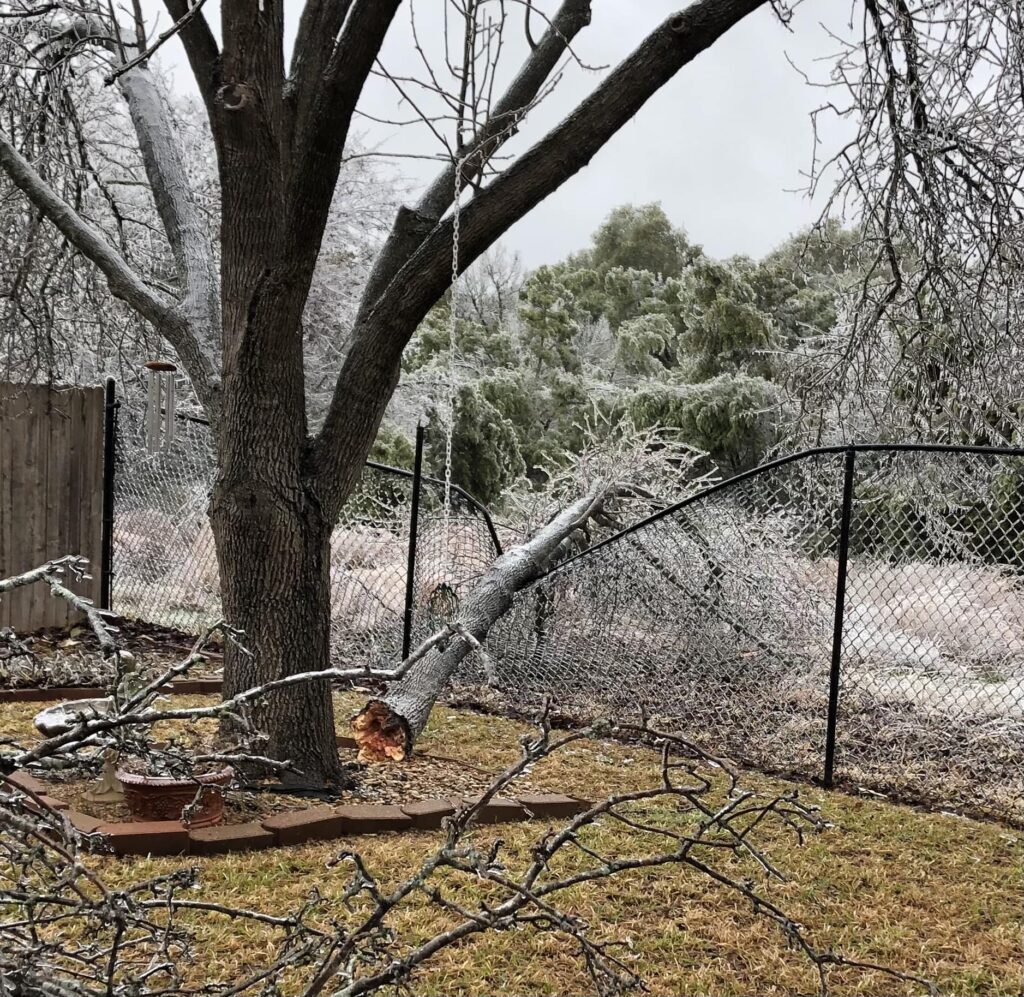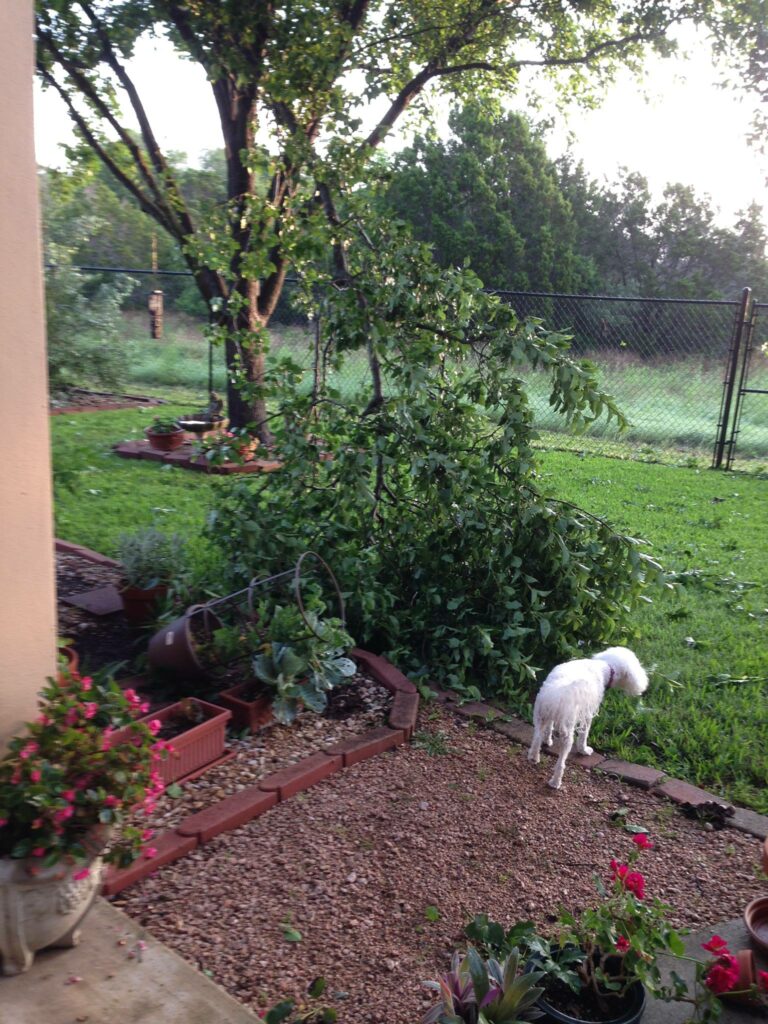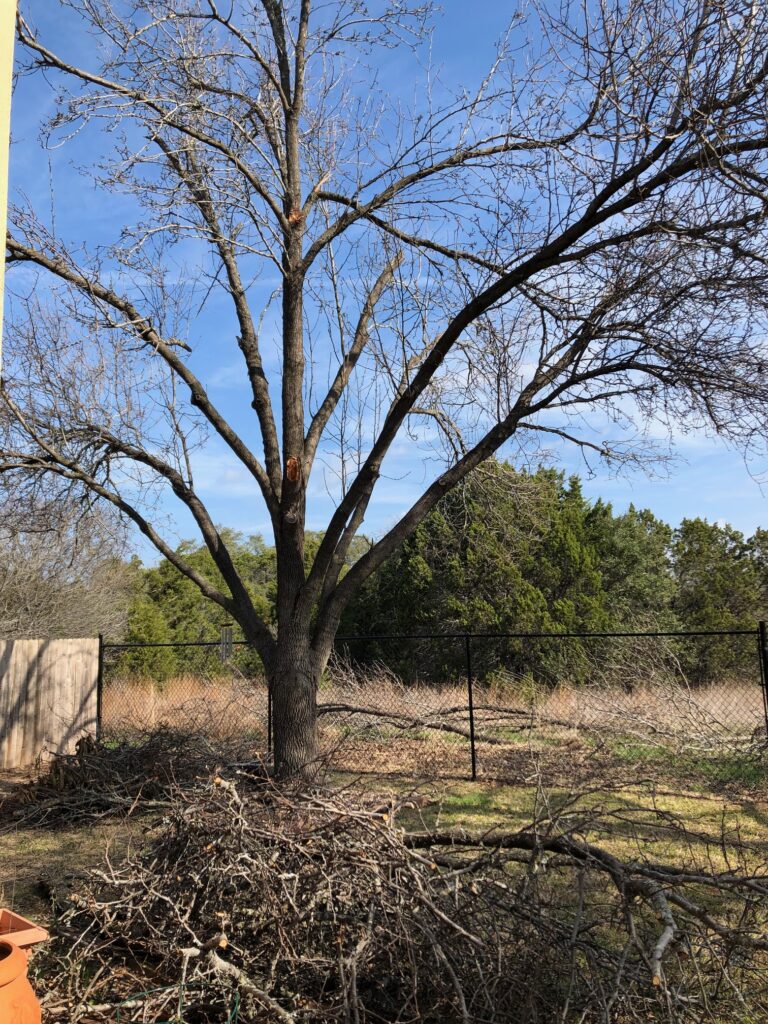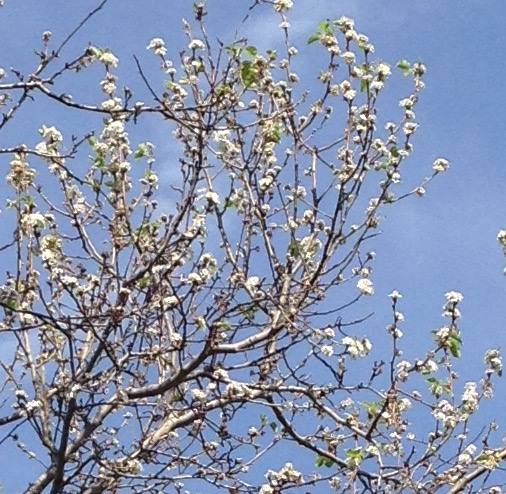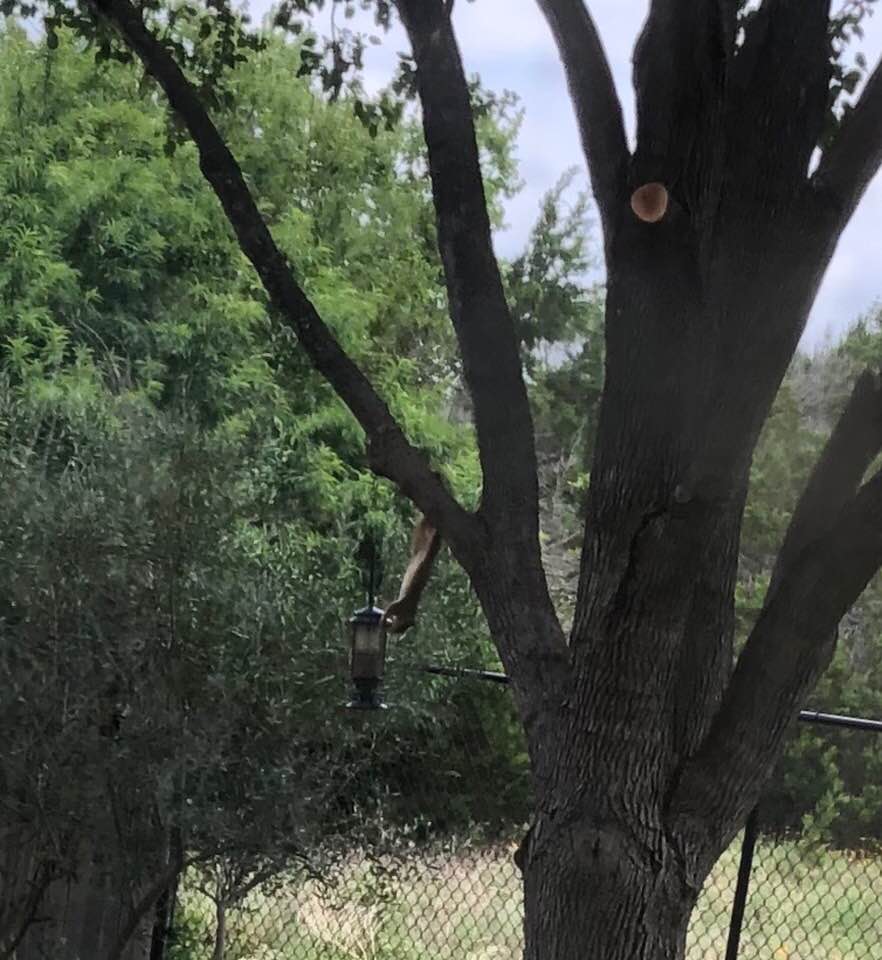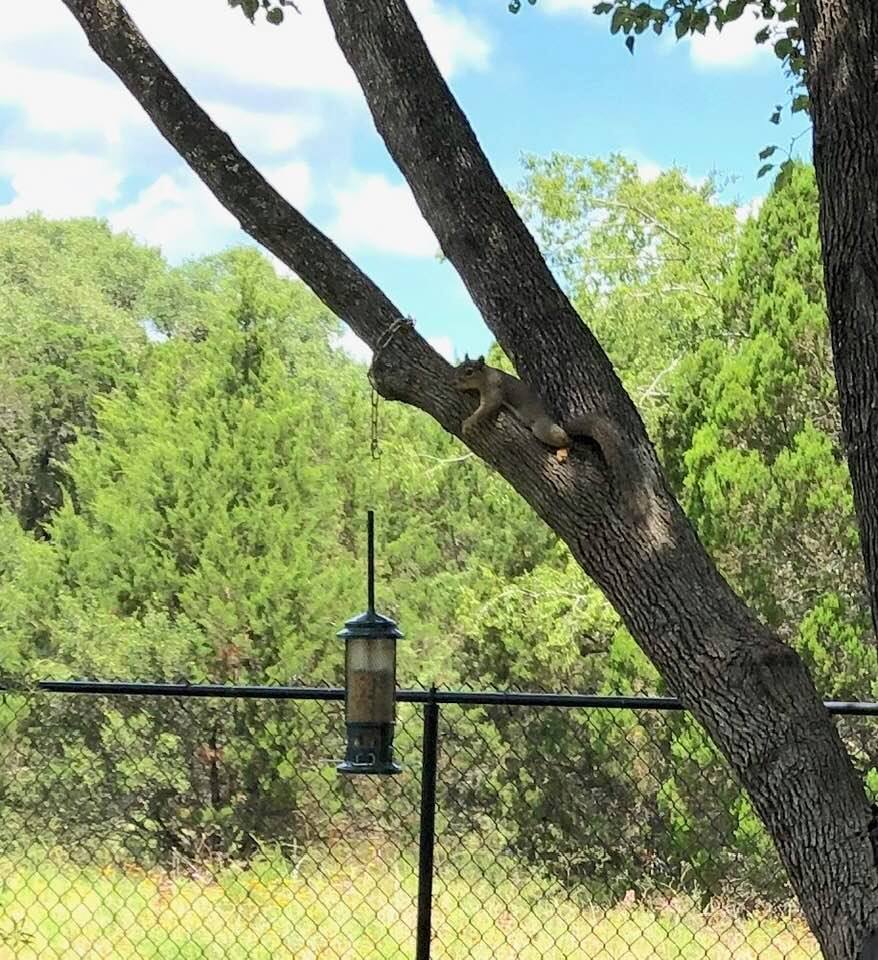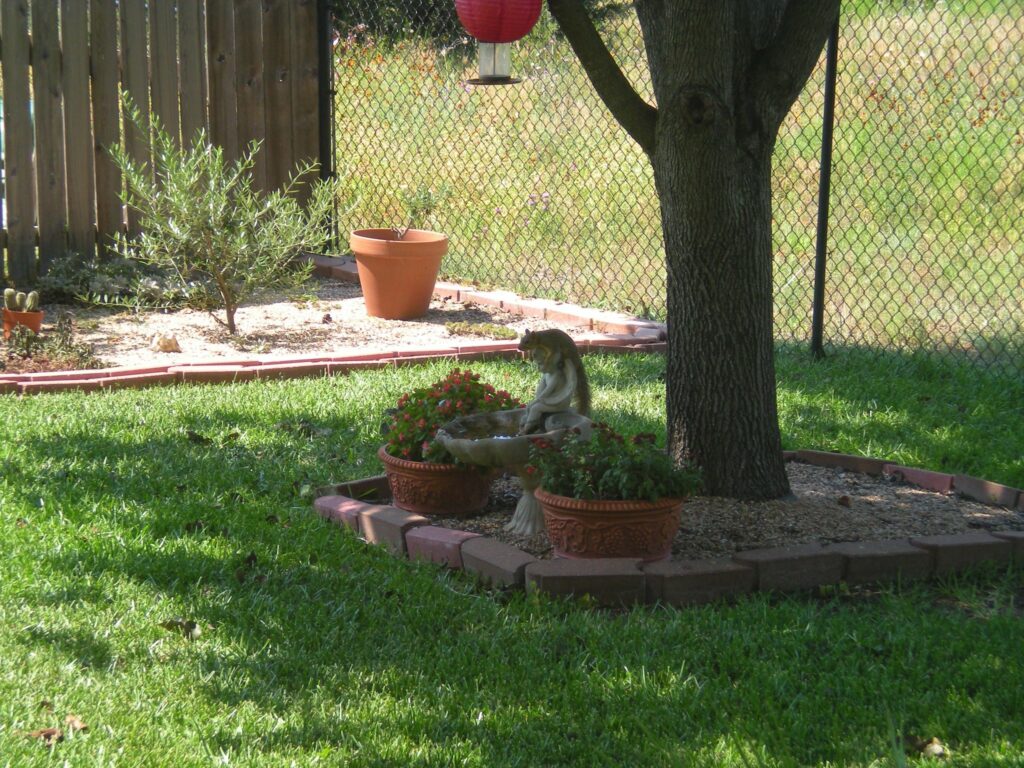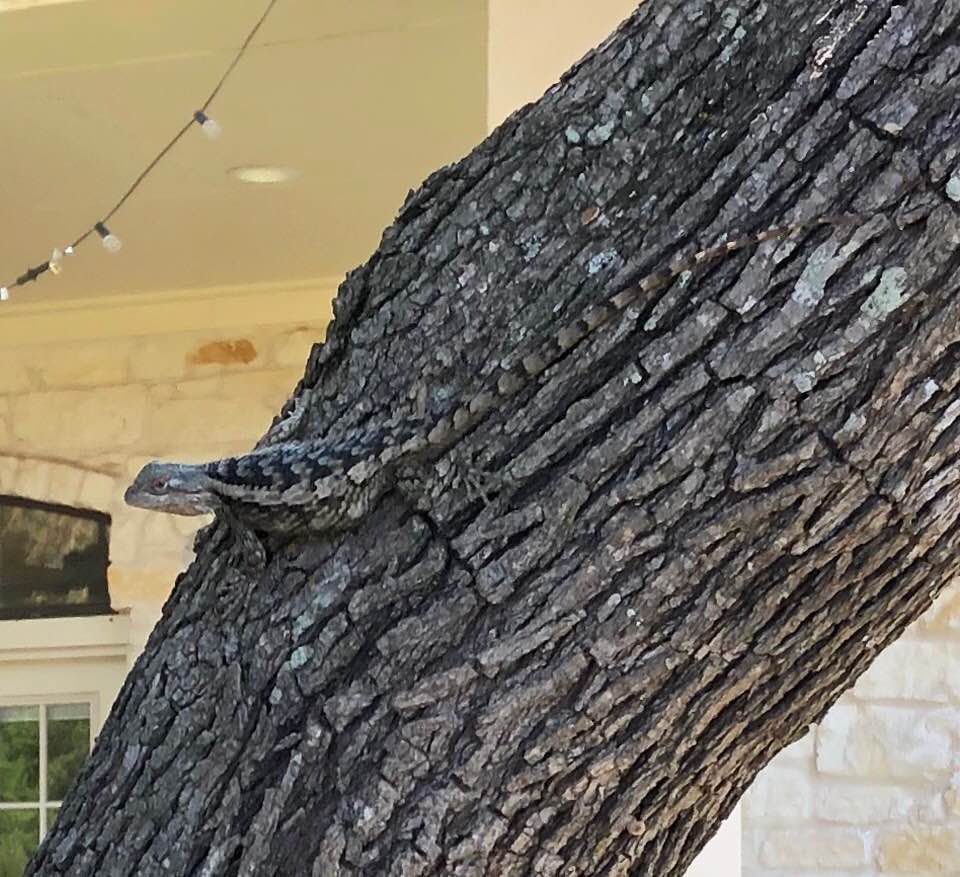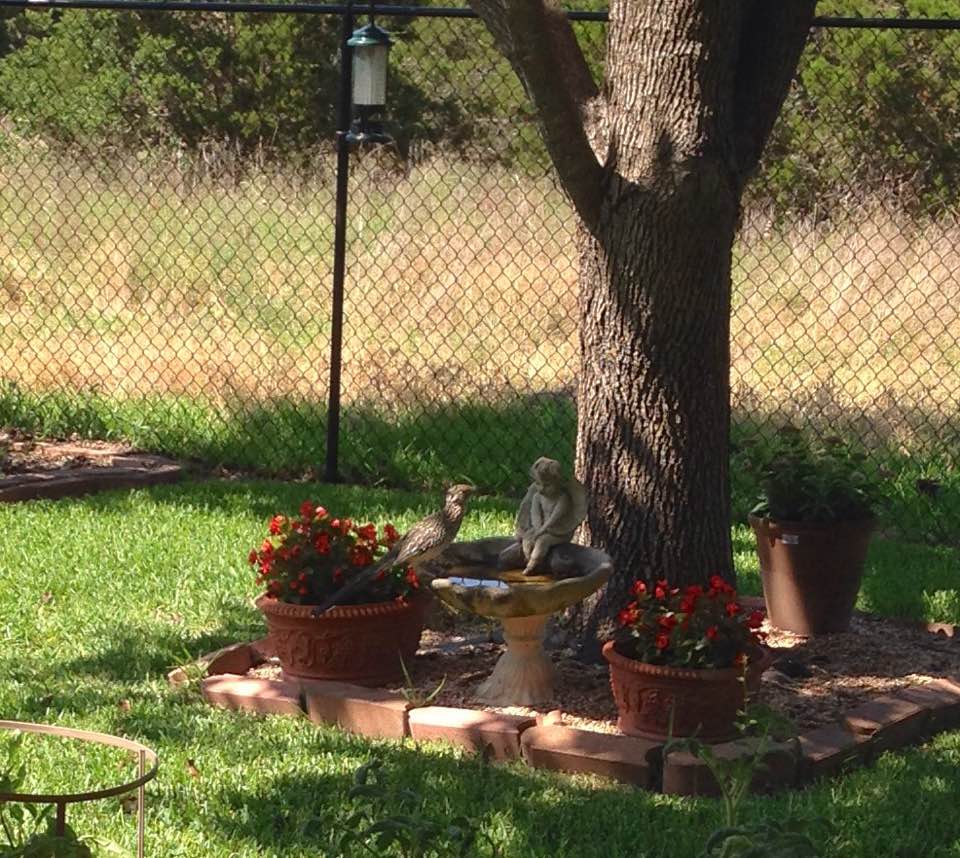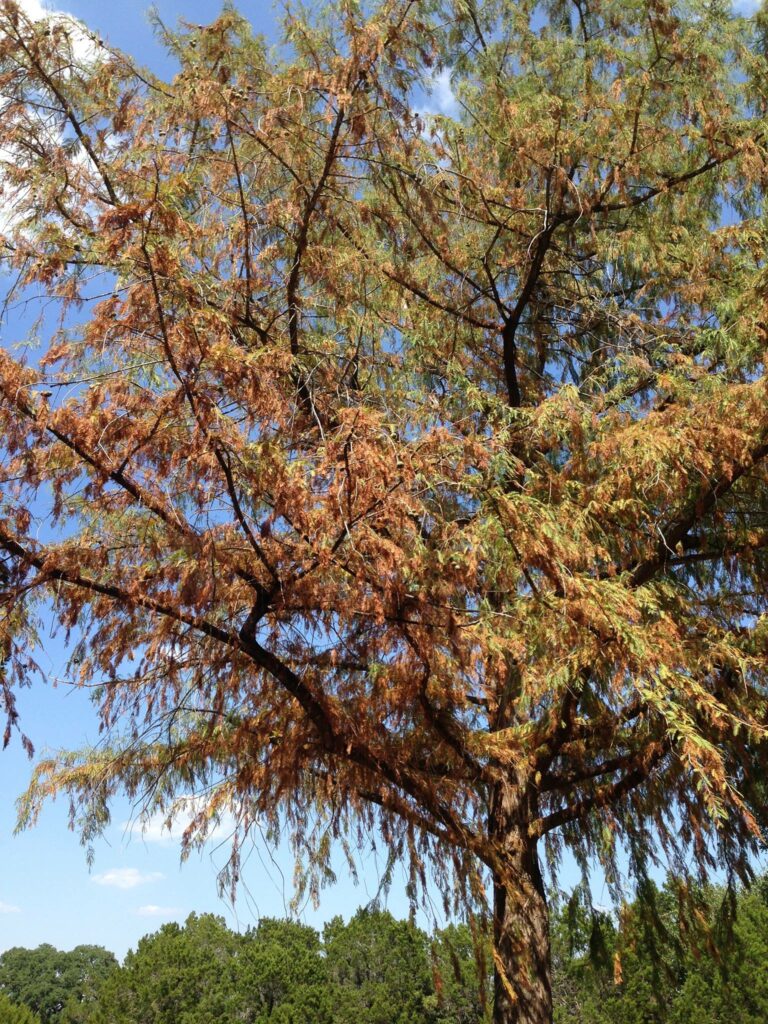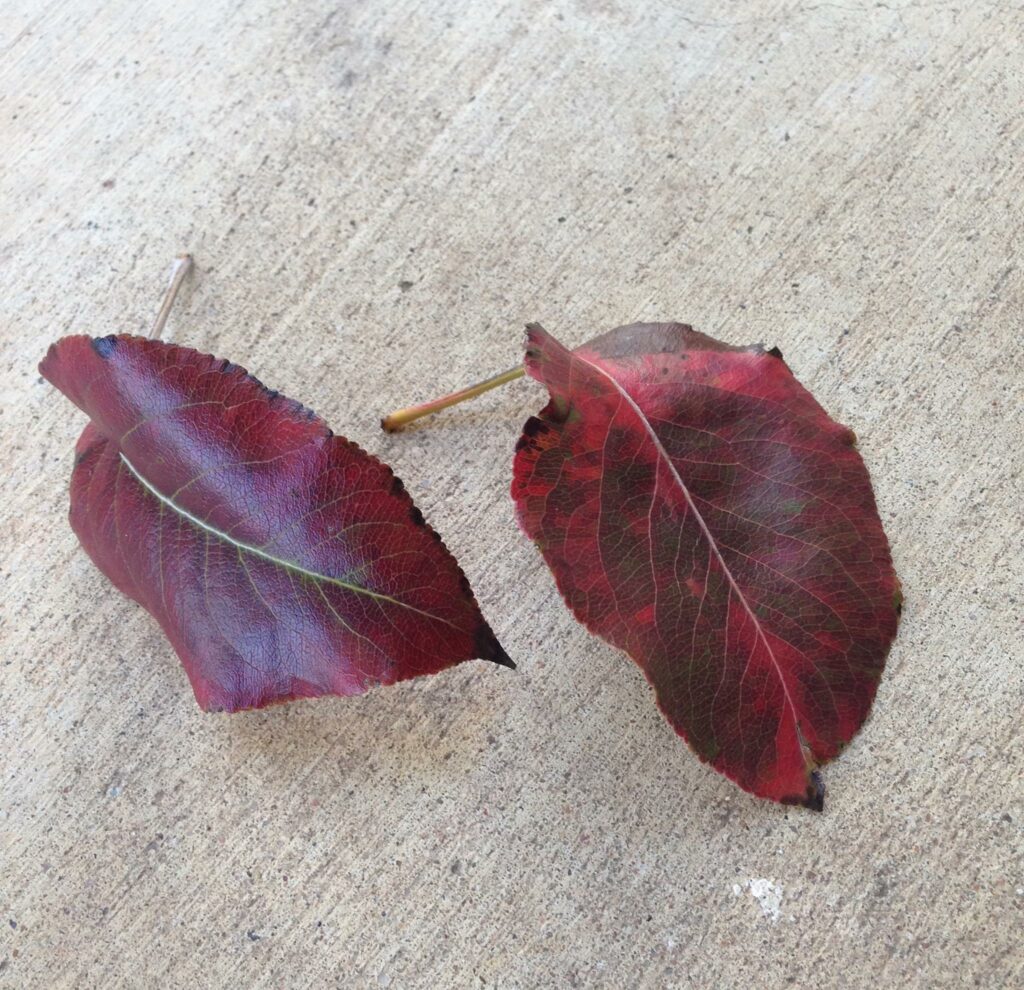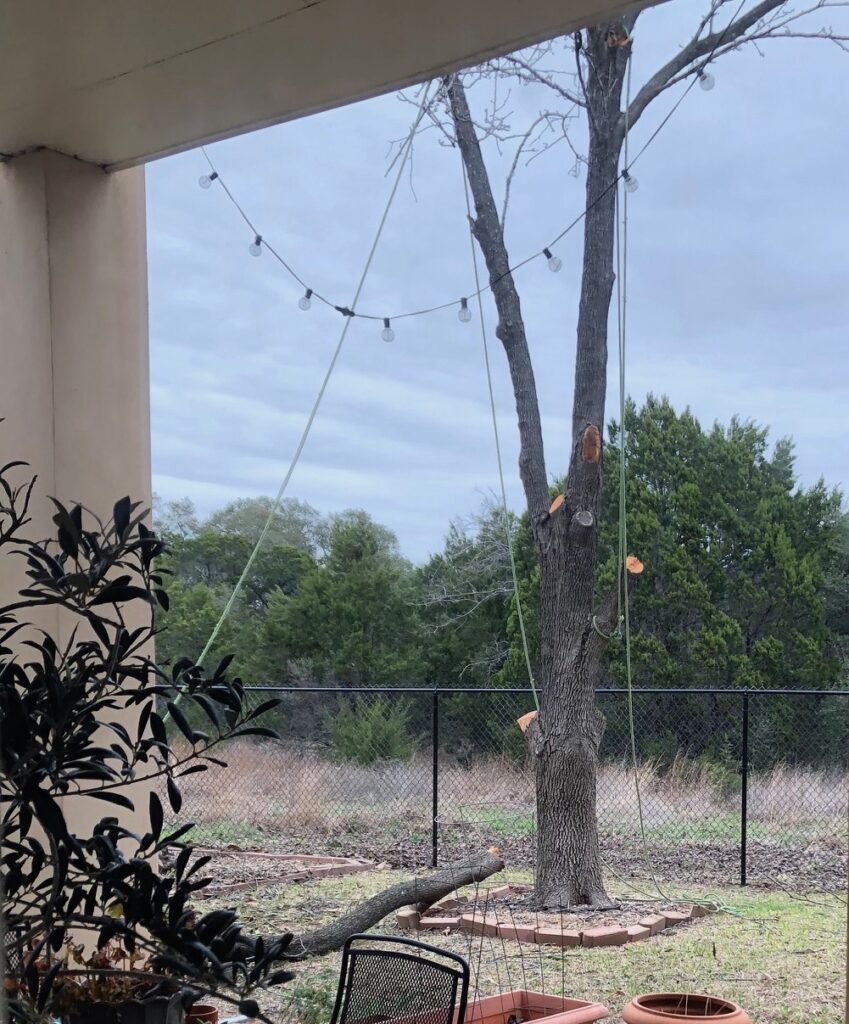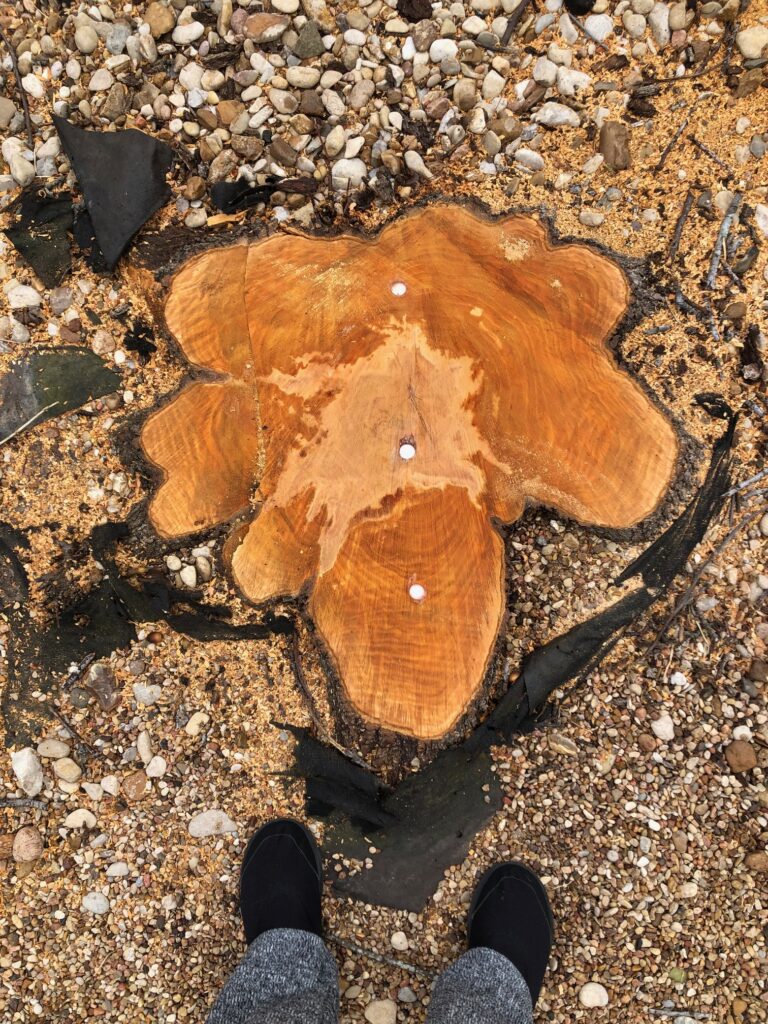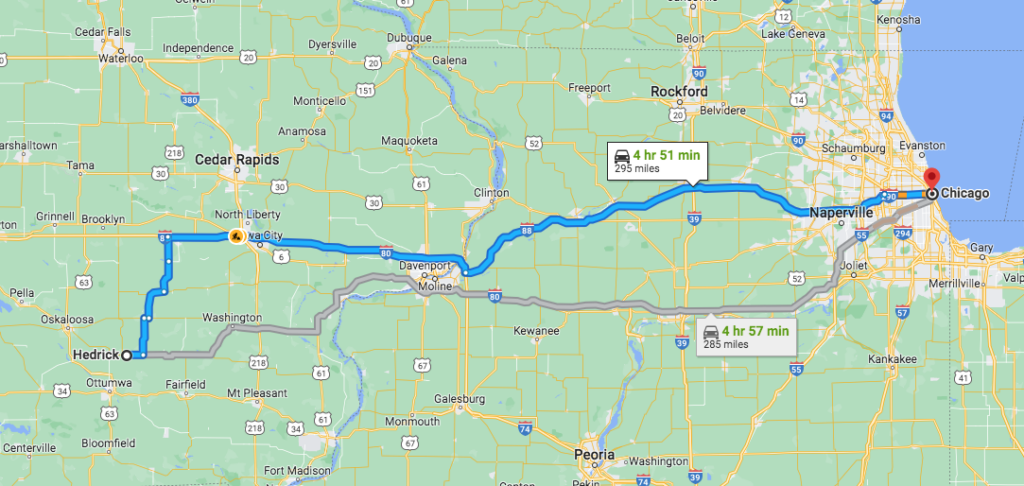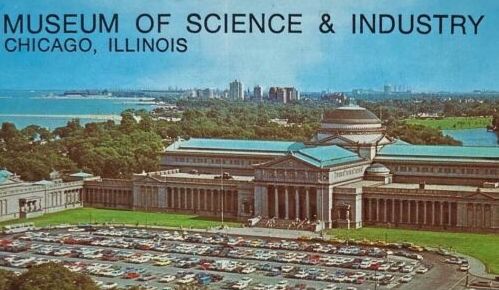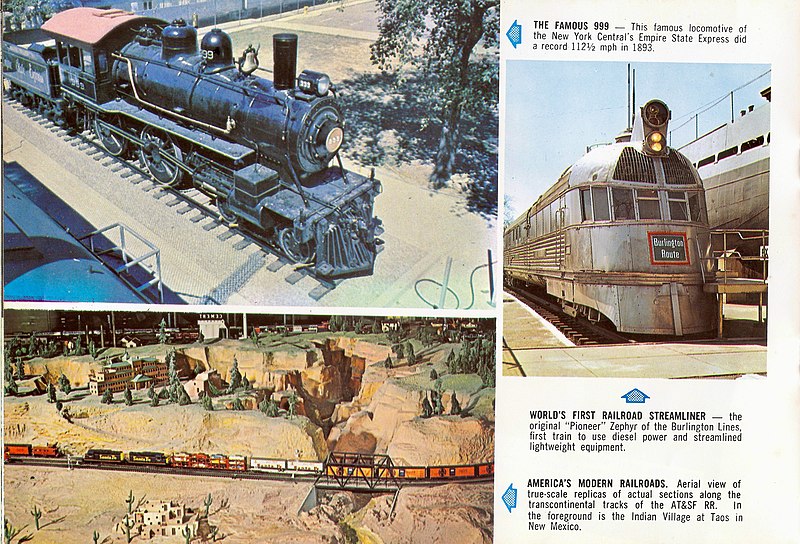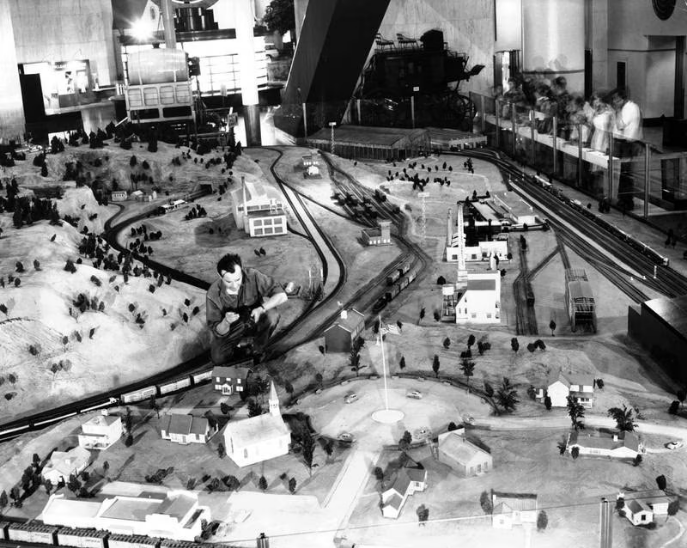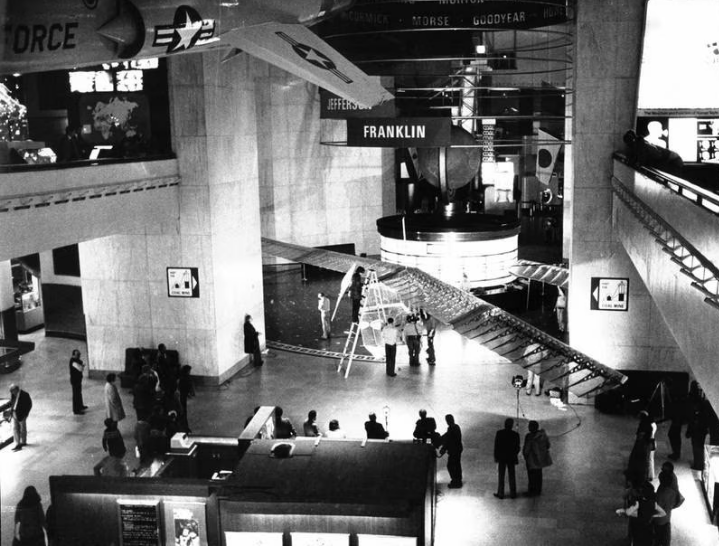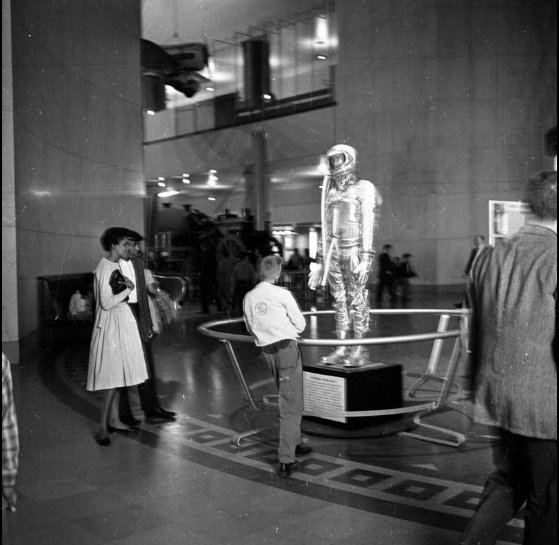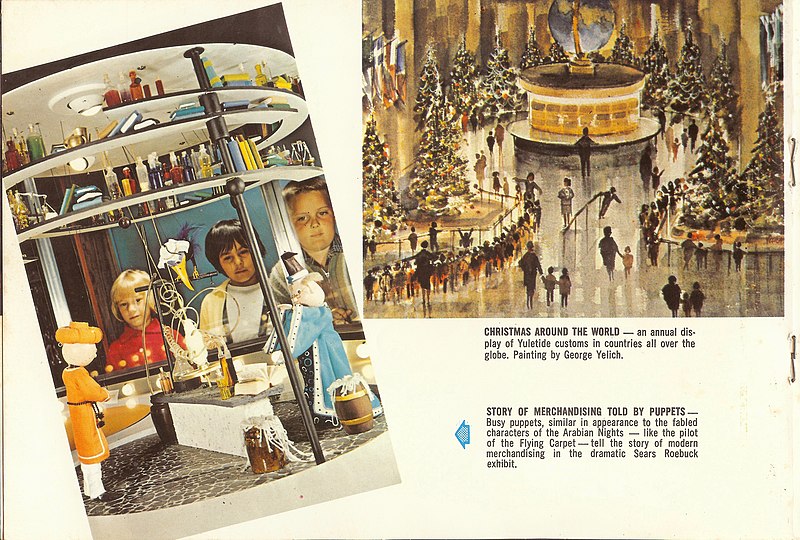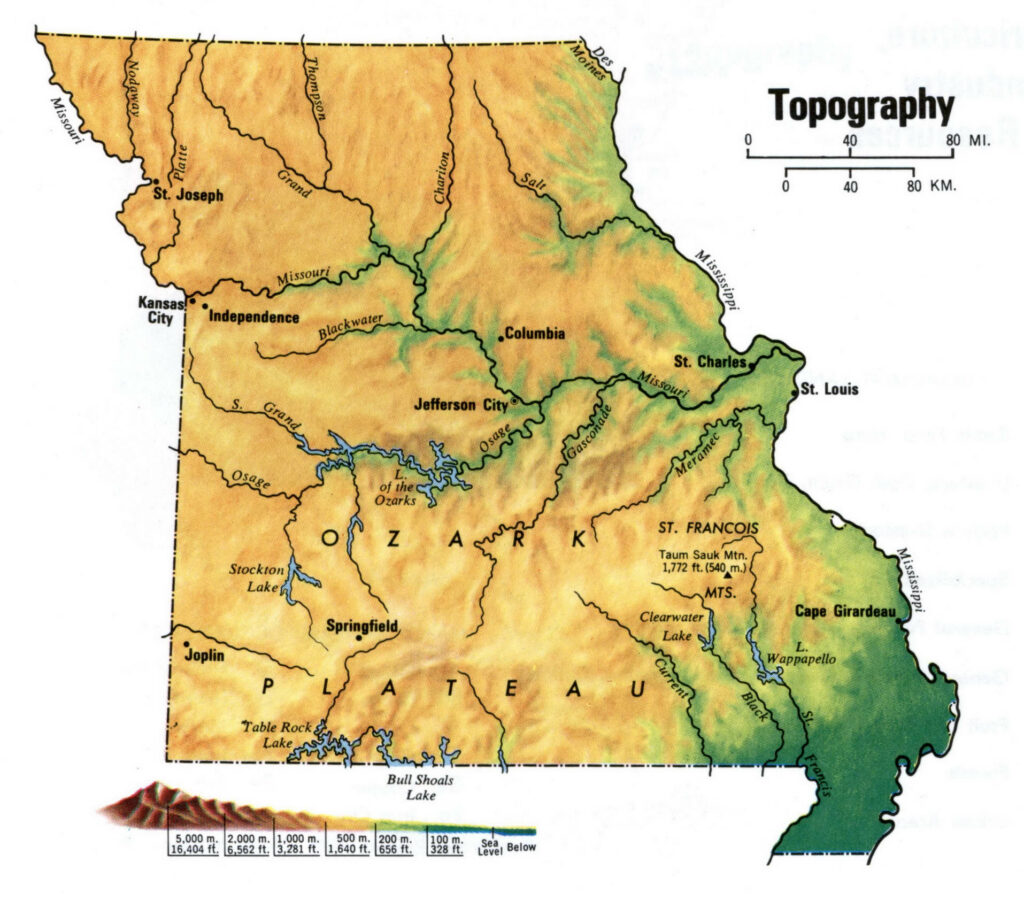Thank you. Good bye. Tomorrow you will be a memory.
The ice storm was too much for you.
It wasn’t the first time you were damaged by weather.
Winds took your branches from time to time.
But the ice storm left you bare and sparse.
A Bradford Pear, your wood is not hard.
Your lifespan is not long.
Your structure is weak.
No match for another ice storm or high wind.
I’ll miss you. You have been prominent in the view from my healing place.
Now is the time of year I would enjoy your white blossoms against a blue sky.
You were home to squirrels and their antics.
Squirrels who provoked barking and scolded back.
On hot summer days, squirrels sought relief on your lowest branches.
Or rested on a cool cement cherub in your shade.
Lizards made their home among your branches too.
And sometimes did yoga poses on a sunny day.
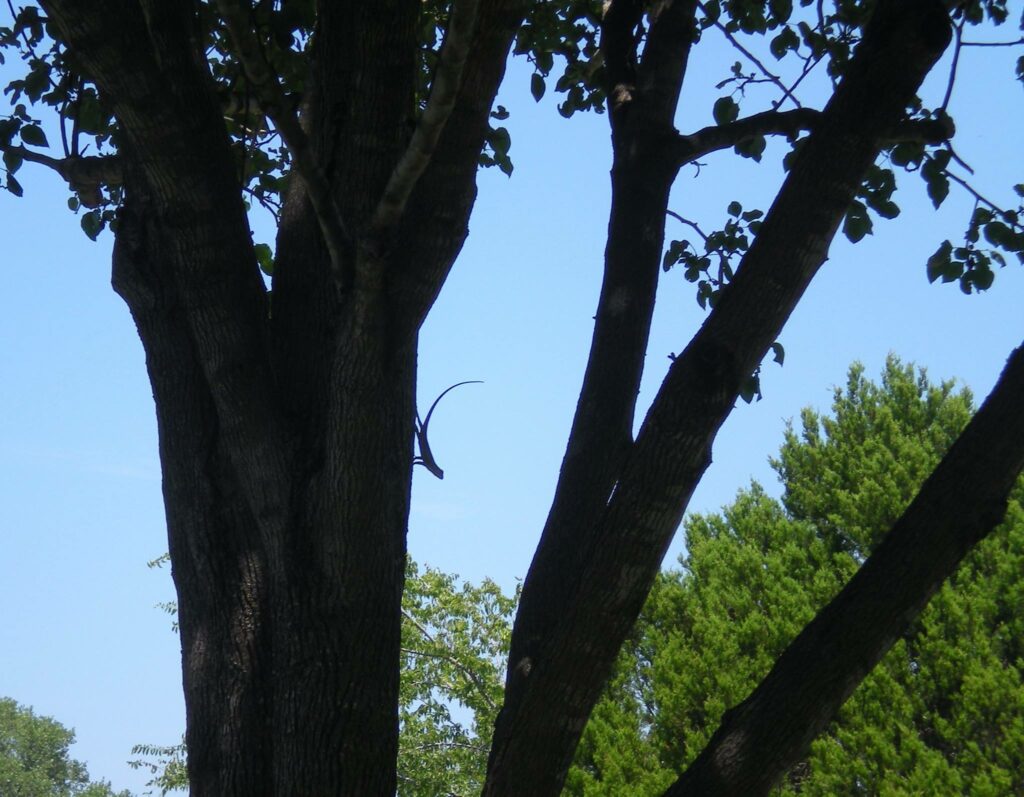
Birds found a place to rest mid-flight, or waited their turn for the bird bath and feeder.
owls
bluejays
cardinals
robins
goldfinches
hummingbirds
chickadees
black-crested titmouse
hawks
I once spotted a neighboring roadrunner in your branches, but they were more often seen coming for a drink in your shade on a hot day.
During heat and drought, you kept your green leaves,
unlike the cypress which turned brown and lost everything in the heat
except its branches.
A poem from the book of Jeremiah sustained me through my last couple of cancers. Looking at the two of you provided the perfect illustration.
Blessed are those who trust in the Lord,
Jeremiah 17:7-8
whose trust is in the Lord.
They shall be like a tree planted by water,
sending out its root by the stream.
It shall not fear when heat comes,
and its leaves shall stay green;
in the year of drought it is not anxious,
and it does not cease to bear fruit.
Like you, I wanted my leaves to stay green during my year of drought and I prayed to continue to bear fruit, in whatever form that might take.
In the fall, your leaves changed, providing colors that not many of our local trees can.
One year I took an art class and your leaves were my models.

I watched as the workmen deftly brought you down, limb by limb.
Although I walked away for a minute and missed the finale!
What is left of you reminds me of a dinosaur track.
The view will never be the same.
We will miss your shade in the heat of the summer
and the life and activity that you sustained in your branches.
Thank you.
Good bye.
This is my contribution to Sepia Saturday. To make the jump from the present to the past, I offer an image of Frank N. Meyer, credited with introducing 2500 plant species to the United States, including Callery pears, ancestors to our Bradford pears.

Follow me to Sepia Saturday, where bloggers are looking up today.
Sepia Saturday provides bloggers with an opportunity to share their history through the medium of photographs. Historical photographs of any age or kind become the launchpad for explorations of family history, local history and social history in fact or fiction, poetry or prose, words or further images. If you want to play along, sign up to the link, try to visit as many of the other participants as possible, and have fun.


